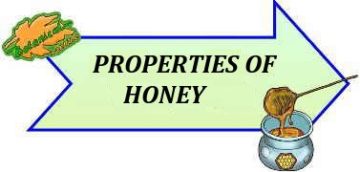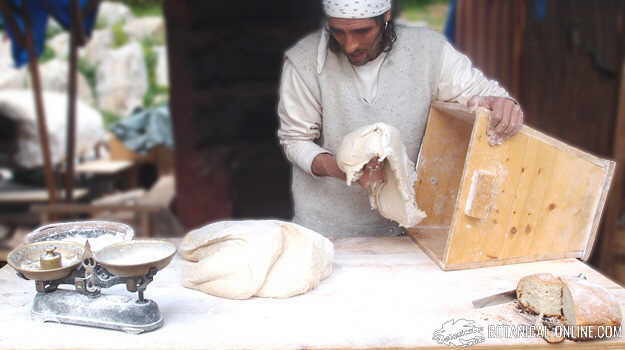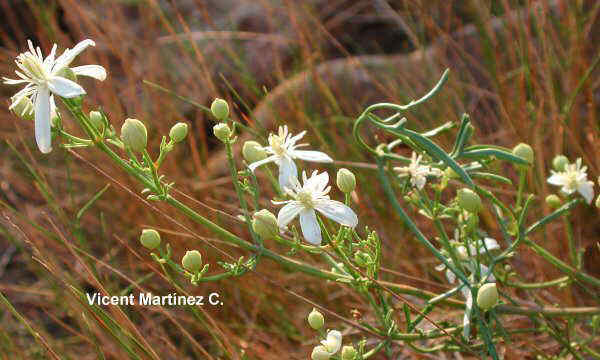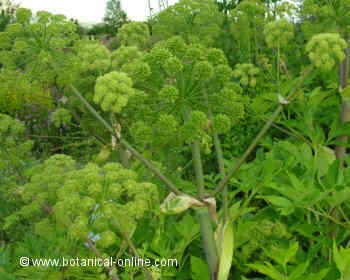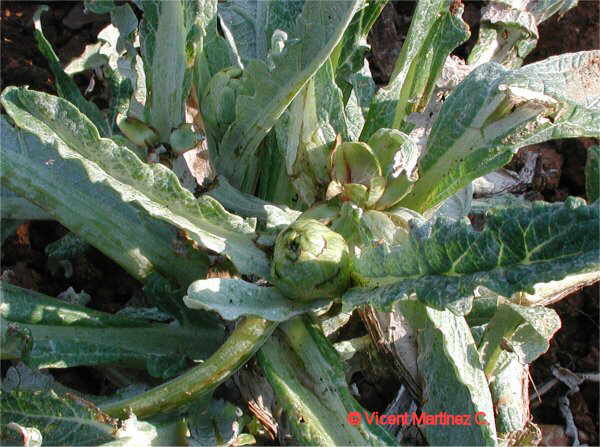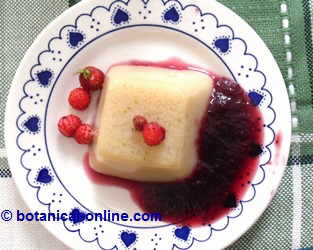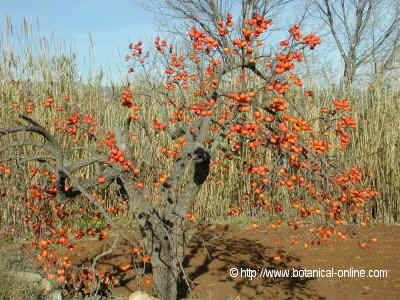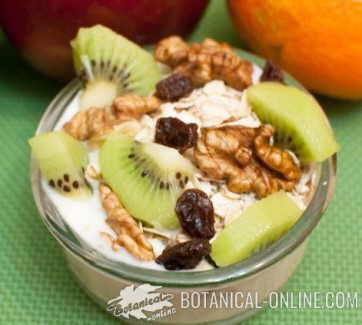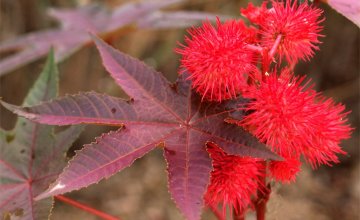Components and active substances of honey
What is honey?
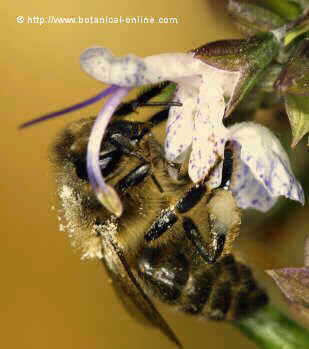
Honey is a sweet substance produced naturally by bees (Apis mellifera) from the nectar of plants or from the secretions or excretions of plant sucking insects.
Bees collect nectar, transform it (with specific substances from their saliva), then deposit it, dehydrate it and store it in the hive to mature.
What components does honey have?
It is composed mainly of sugars, but it also contains enzymes, amino acids, organic acids, carotenoids, vitamins, minerals, aromatic substances and phenolic acids.
When this liquid is observed under the microscope, numerous pollen grains can be seen, which change in size and shape depending on the species of flowers from which they have been obtained.
There are different types and qualities of honey on the market. Depending on the honey processing, if it has been filtered or heated, the composition of the honey, as well as its physical and organoleptic characteristics, will vary considerably.
Composition of honey
From a nutritional and phytochemical point of view, honey is composed of:
- Simple carbohydrates (fructose, glucose, and sucrose)
- Water
- Proteins (which includes enzymes)
- Vitamins: especially vitamin B6, thiamine, niacin, riboflavin and pantothenic acid)
- Minerals: certain amounts of calcium, copper, iron, magnesium, manganese, phosphorus, potassium, sodium and zinc)
- Organic acids phenolic compounds
- Aromatic or volatile compounds
Sugar content of honey
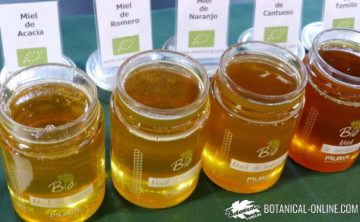
Honey contains 82% simple carbohydrates or simple sugars:
- Approximately 60-75% are monosaccharides, mainly fructose. Anecdotally, it has been described that canola or rape (Brassica napus) and dandelion (Taraxacum officinale) honey are the only ones with a higher glucose content than fructose, which explains their rapid crystallization.
- Only 5-15% are disaccharides, mainly sucrose.
- Around 5% are other sugars, to a lesser extent, such as maltose (around 7%), melibiose, rhamnose, trehalose, nigerobiose, isomalt, maltotriose, raffinose, etc.
Types of honey sugar
The highest sugar content corresponds to fructose (around 38%) and glucose (around 31%). Fructose may be a household name because it has long been considered better than sugar and an option for people with diabetes. This is because the absorption of fructose is slower than that of sugar (sucrose). However, as common sense dictates, over time it has been shown that abusing pure fructose syrups and syrups is also harmful.
Therefore, it is generally considered that the sugars contained in honey are very easily absorbed and have an energy value of about 3.4 calories (kcal.) per gram ingested. One tablespoon of honey provides approximately 40 calories.
Honey is an easily digestible food that, in adequate quantities, could be included in a healthy eating plan.
Water content of honey
Water is the second highest component of honey (around 17%).
What vitamins does honey have?
Honey, contrary to what is often said, does not contain vitamin A, vitamin E, vitamin B12, or vitamin D.
Acids are also very important components in the composition of honey. Among all of them stand out acetic acid, tartaric acid, citric acid and formic acid. These components give honey an acid pH (between 3.5 and 4.2) that allows this food to be easily preserved.
Honey minerals
Besides sugars and water, honey contains some minerals, especially phosphorus and potassium, which, among many other properties, are very suitable for the absorption of the aforementioned sugars.
Copper, iron, calcium, and magnesium appear in small amounts, as do some vitamins (B vitamins, especially niacin and vitamin C).
Active compounds and phytochemicals in honey
Honey contains quite a few enzymes and flavonoids. The enzymes in honey give it very important digestive and healing properties. Flavonoids have antioxidant properties.
Nutritional composition table of honey
| Nutritional composition of honey per 100 gr. | |
|---|---|
| Water | 17, 10 gr. |
| Calories | 304 Kcal |
| Fat | 0, 00 gr. |
| Protein | 0, 30 gr. |
| Carbohydrates | 82, 40 gr. |
| Fiber | 0,2 gr. |
| Potassium | 52 mg |
| Phosphorus | 4 mg |
| Iron | 0,42 mg |
| Sodium | 4 mg |
| Magnesium | 2 mg |
| Manganese | 0, 080 mg |
| Selenium | 0, 8 mg |
| Zinc | 0, 22 mg |
| Copper | 0, 036 mg |
| Calcium | 6 mg |
| Vitamin C | 0,5 mg |
| Vitamin E | 0, 000 mg |
| Vitamin A | 0,0 UI |
| Vitamin B1 (Thiamine) | 0, 000 mg. |
| Vitamin B2 (Riboflavin) | 0, 038 mg |
| vitamin B3 (Niacin) | 0, 121 mg |
| Vitamin B5 (Pantothenic acid) | 0, 068 mg |
| Vitamin B6 (Pyridoxine) | 0, 024 mg |
| Vitamin B9 (Folic acid) | 2 mcg |
![]() More information on honey
More information on honey

